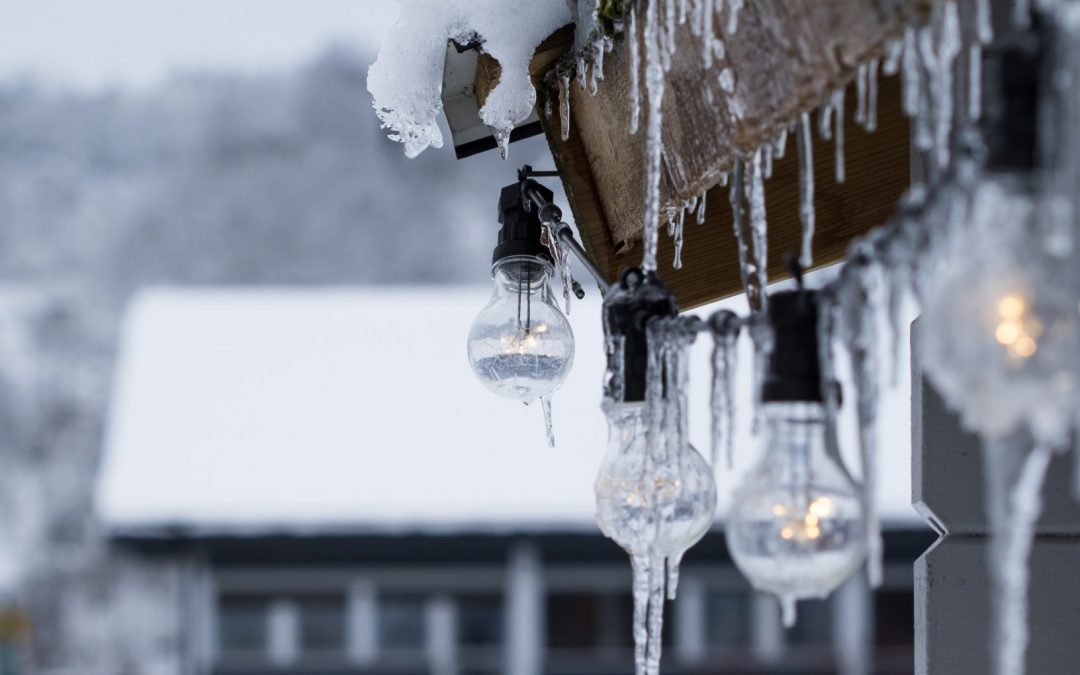Winterizing your roof can prevent damage from icy conditions and make your life easier in the long run. Prevention costs less than repair and replacement! Here are some ways to keep your roof intact all winter long.
Clean Gutters, Downspouts and Roof Areas
When rain and snow hit your roof, they leave through your gutters if applicable, as we don’t typically install gutters. Keeping gutters and downspouts debris-free prevents poor drainage. Proper drainage prevents damage to your roof, landscaping and siding. To protect your foundation, ensure downspouts are pointed away from the house. Good practice is to drain into a splash block.
Additionally, debris has a habit of getting trapped in valleys on the roof and can prevent water, snow and ice from draining, which causes damage.
Insulate & Vent Your Attic
Insulating and ventilating your attic will prevent heat loss and money loss in energy bills. They can also help prevent ice dams and icicles from forming. Check with a local roofing expert for their recommendations on your roof’s insulation.
Check for Damage
Before winter starts, inspect your roof. Pay special attention to any areas where you have had repairs before and make sure all shingles are intact. This can prevent leaks and further damage.
Trim Your Trees
When snow falls, it can weigh down tree branches. Heavy branches can break and fall onto the roof of your home. Remove and trim the branches that extend over your roof to prevent limbs from landing on your home. These tips will help you get through winter and protect the roof over your head. However, if you detect a leak, do not walk on the roof while it is wet. Shingles are very slippery when wet and walking on the roof is potentially harmful to the roof itself. If you are able to go into the attic space, it is recommended to install a bucket or container to prevent excessive damages. If this is done, be sure that the container is placed on a SOLID surface and is empties periodically depending on how bad the leak is, and how fast it will fill the container. Take note of where the leak is located and call a professional or inspect it yourself once the shingles are dry.

